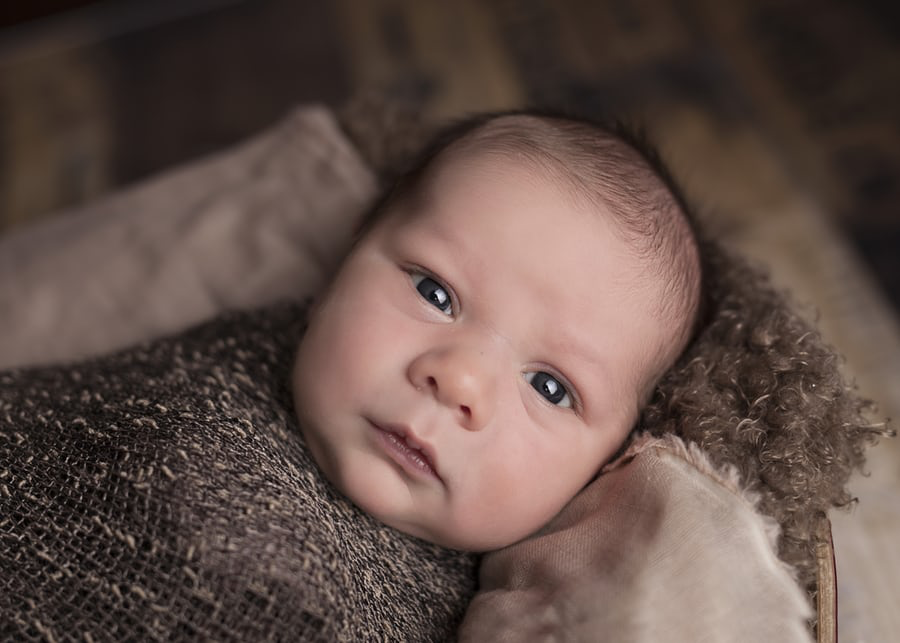
Attachment theory was brought forth from the beautiful work of developmental psychologist John Bowlby. Bowlby and his colleagues Mary Ainsworth, Mary Main and others produced the bulk of books and research in the 1950’s onwards, with published titles such as The Nature of the Child's Tie to His Mother; A Secure Base; and Attachment and Loss.
Early relational wounds in the form of insecure attachment styles are now acknowledged as impactful over an individual’s lifespan and can continue to affect adult relationships, one’s sense of self, ability to regulate emotional and physiological states, as well as inter-actively regulate with others. Insecure attachment wounds rob us of our very sense of safety, belonging and resiliency.
However, the past decade has offered an expansion on Bowlby’s contributions and we now have a wealth of innovative therapy strategies, research, workshops and books on neuroplasticity and developing secure relationships. One important concept is that our Attachment System never turns off - and they are very flexible and adaptable to new learning!
I was honored to teach one of the leading professional programs for healing adult attachment wounds, Diane Poole Heller’s pioneering work DARe.
We come hard-wired to love, bond and affiliate. Attachment wounds happen when our parents aren’t skillful, capable or healed enough from their own childhoods to be present and attuned, safe and welcoming. Learning how to embody secure attachment later in life is part of the journey for many of us.
You are not alone.
What Helps Develop Secure Attachment?
By embodying each of these at least 25-30% or more of the time in our relationships:
Safe & Protective
Present & Available
Unflappable Trust
Consistent - Reliable
Emotional Attunement, Responsive and Timely
Reciprocity in Communications
Welcoming, Affectionate
Playful
Ease in Coming & Going
* Use of Repairs *



